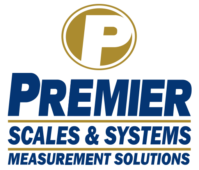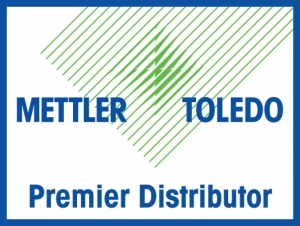Who Doesn’t Love a Bargain on Tools?
In my younger days, I was a frequent shopper of stores like Harbor Freight. I could stock an entire workshop with discount tools for the price of a single mainstream brand tool. Why would I go anywhere else? That all changed when I inherited my uncle’s Milwaukee table saw. Despite what must have been ten years of use and abuse, it still performed far better than the now broken two-year-old table saw ever had. Since then, I’ve started replacing my discount tools with high-quality brands, and I will never look back. Between superior construction and enhanced features, I’ve learned quality tools are worth the higher sticker price. Cheap tools may kind of work a few times, but quality tools will do the job right for years. Ask any contractor or do-it-yourselfer, and they will tell you a cheap saw may cut wood, but it’s an entirely different tool from a Milwaukee or DeWalt. Don’t get me wrong, discount tools have their place. I still darken the doors of a Harbor Freight for one-time use gadgets, but I always buy a higher-quality brand for regular use and major projects.
Cheaper Products Don’t Always Cost Less
Although their brands aren’t household names, industrial measuring tools have a similar divide. Just because the $150 scale from Amazon can display weight, you can hardly call it a scale next to products from brands like Mettler Toledo or Rice Lake. In this article, we will outline four significant pitfalls that arise when shopping exclusively on price.
1. Greater Long-Term Costs
Even though the upfront cost may seem lower, the long-term costs of cheap equipment can really stack up. In a race to the bottom, low-end manufactures cut corners in both design and construction. Skimping on costs means low-quality standards, higher failure rates, and cheaply sourced irregular components. Once they fail, these cheap components are often impossible to repair, so any process that relies on this equipment is down until a new completely new piece of equipment can arrive. Even with expedited shipping and quick service turnaround, this could mean days of downtime. As most managers know, equipment failure costs far more than the money it takes to replace the down equipment. As we outline in our article, The True Cost of Downtime, unused man hours, lost production revenue, and new equipment installation associated with downtime can add significant costs.
On the other hand, high-quality manufacturers design equipment for easy maintenance. Since service companies carry parts for most major brands, downtime lasts only hours instead of days. Because of these factors, high-quality equipment has significantly lower lifetime costs despite its higher price tag.
2. Bad Measurements
Just because a piece of equipment can display a measured value does not mean that value is correct. Cheap equipment often can’t deliver consistently accurate results because of its poor resolution and repeatability. The resolution may also be less than the minimum standards required for selling products base on a measurement (legal-for-trade).
On top of poor performance, manufacturers often build low-quality equipment to the bare minimum standards required to meet specs. Stretching equipment to its outer limits of functionality means teetering on the edge of inaccuracy or even failure. This can rear its head in the form of poor repeatability and rapid measurement drift soon after calibration/adjustment.
What’s the point of taking measurements if they aren’t correct? Poor measurements can lead to numerous issues including bad batches, miss-priced sales, and safety issues. Having high-quality equipment ensures the measurement displayed is as close to the true value as possible.
3. Inadequate Features
Low-quality and cheap equipment is typically pretty basic. If your process requires additional features like data collections, system integration, enhanced traceability, it is often unavailable on generic equipment. Even if you want the option to add features down the road, cheap equipment usually can’t be customized and is incompatible with other equipment.
4. Inconsistent Design
As technology moves towards a digital format, user interfaces have become more and more complex to accommodate digital functionality. Many cheap measuring equipment brands come and go very quickly. Equipment bought 6 months ago may no longer be available. This availability issue means facilities buying cheap equipment will likely have to settle for inconsistent user interfaces across similar products. Each new interface will need its own set of procedures which operators will have to relearn. Since quality brands are here to stay, you can count on a consistent design and user interface across your facility’s equipment.
Need Help Selecting a Scale or other Measuring Equipment?
From torque wrenches to PLC-compatible weighing components, our measuring experts can help you select the right product for your process. Select a FREE consult below to learn more.




